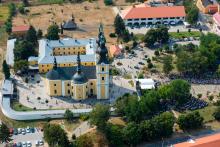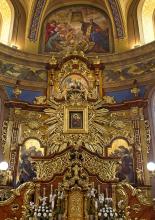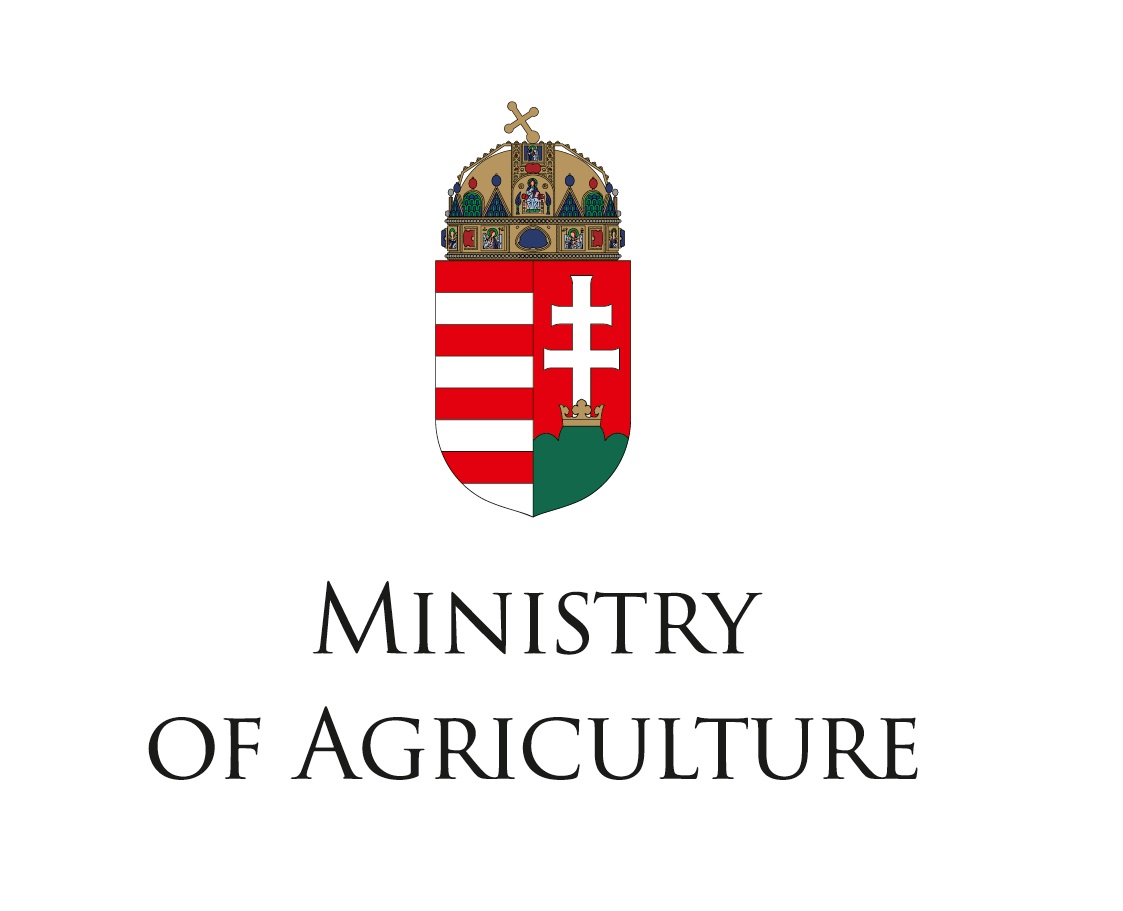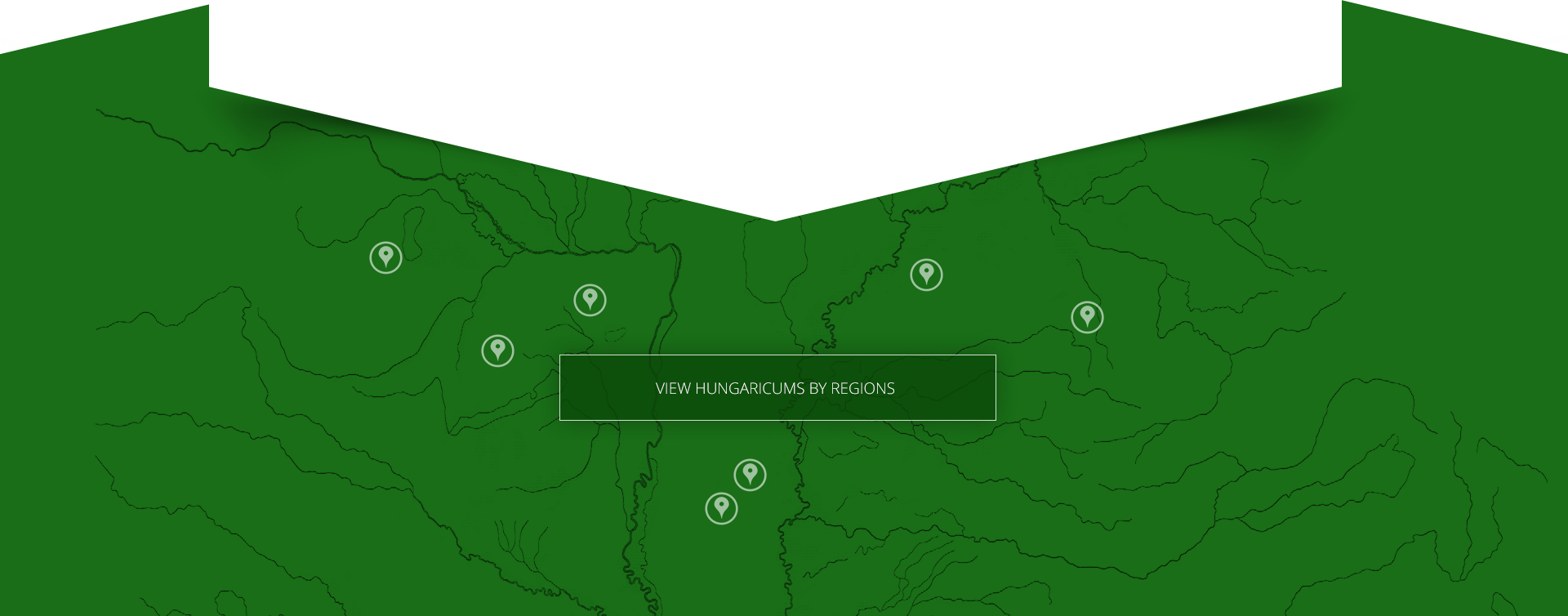National Shrine and Pilgrimage of Máriapócs
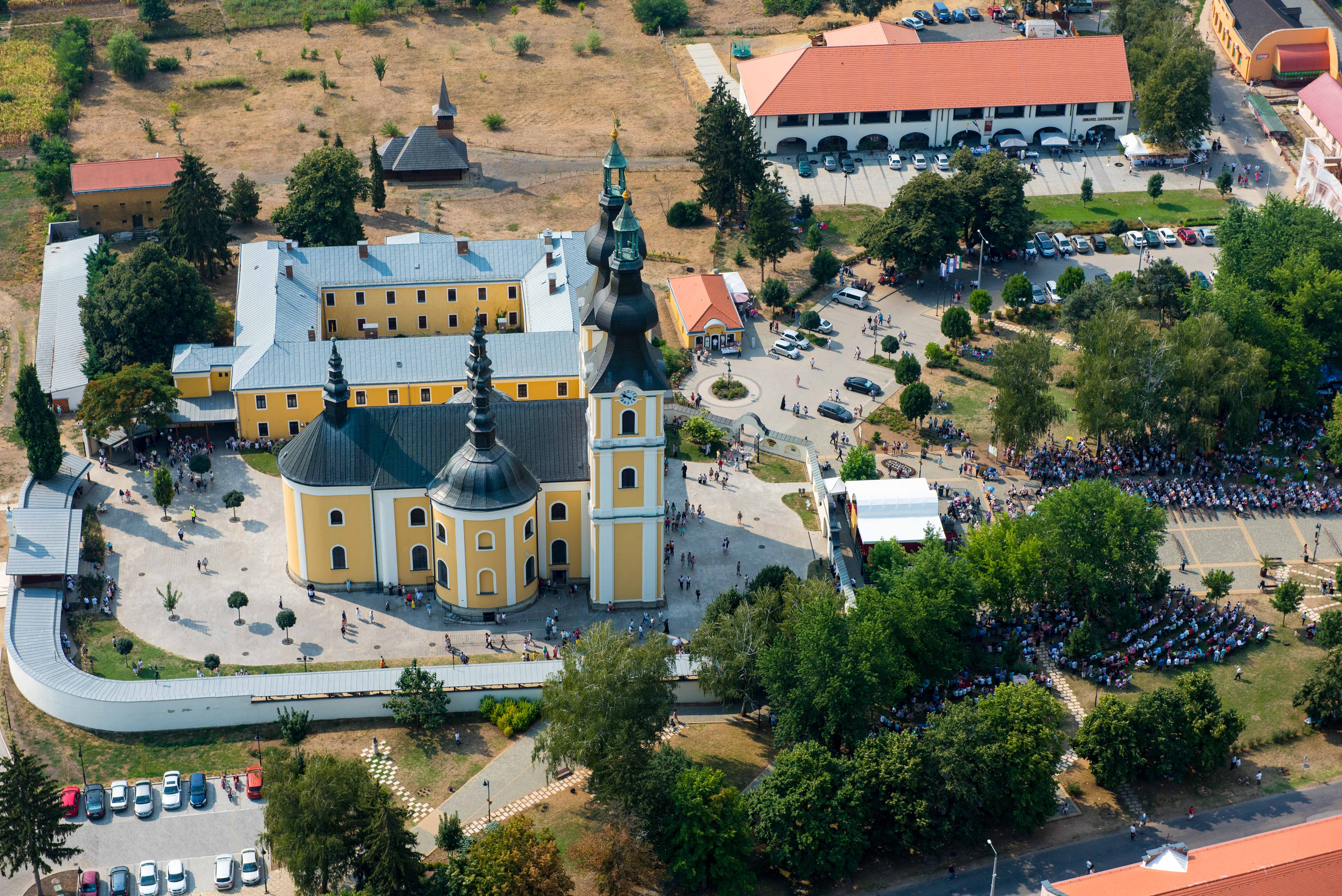
Short description:
Máriapócs is Hungary's most famous and visited shrine and the spiritual centre of Greek Catholicism in the Carpathian Basin. Every year, some five to six hundred thousand pilgrims and tourists visit the church, which has become famous in Europe for its image of the Virgin Mary weeping, not only from Hungary but also from beyond its borders. The icon of the Virgin Mary, painted that year, began to shed tears on 4 November 1696, in the small Greek Catholic wooden church of Máriapócs. The news of this miraculous event reached the Viennese court, where Emperor Leopold I ordered the icon to be transported to the imperial city, where it was placed in St. Stephen's Cathedral in the summer of 1697. A copy of the painting in Máriapócs was also reported to weep in 1715 and 1905. Due to the increasing number of pilgrims to this miraculous site, the wooden church could no longer accommodate more visitors and a new church was built from 1731 to 1756 in early Baroque style and dedicated to Saint Michael. Its two ornate towers with gabled helmet were completed in 1856. The exterior of the church was renovated in 1893-96 and again in 1991. The iconostasis was built between 1785-1788. A highlights in its history when Pope John Paul II performed a Byzantine liturgy in Hungarian in front of the iconostasis during his visit to Hungary in 1991. In 2005, Cardinal Péter Erdő, Archbishop of Budapest-Esztergom, declared the church of Máriapócs a National Shrine.
Tags: Máriapócs, kegyhely


